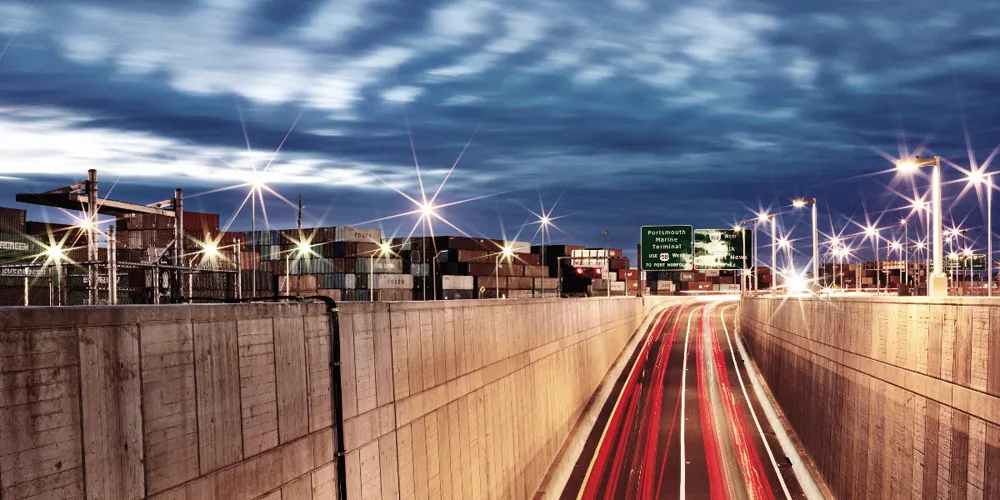This division, according to Steve Griffith, NEMA’s industry director, will provide growth opportunities in the entire spectrum of transportation such as parking, ports, rail terminals and crossings and airports.
In addition, NEMA’s commercial products division has been renamed as the building infrastructure division.
Daniel Abbate, NEMA’s industry director, said: “Our Member’s products span residential and industrial building applications, not only commercial. This Division represents the collective interests of manufacturers that create products for safely distributing electricity across all building applications.”
NEMA has also confirmed that its utility products division has rebranded as the utility products & systems division and will also include the NEMA distribution automation, energy storage and electrical metering sections.
Jonathan Stewart, NEMA’s industry expert who leads this area of the business, said: “With the trend towards grid digitization and automation, opportunities for cross-Section work will become more apparent and more valuable. This new alignment certainly reflects that, and positions NEMA and its Members to drive innovation from a complete systems perspective.”
NEMA expands scope through transportation systems division
The National Electrical Manufacturers Association (NEMA) has set up a transportation systems division to encompass the increasingly connected transportation systems powered by the US electroindustry. The group will aim to promote the tools and infrastructure associated with the movement of goods and people in safe, cyber secure and efficient ways.
This division, according to Steve Griffith, NEMA’s industry director, will provide growth opportunities in the entire spectrum of transportation such as park
April 4, 2018
Read time: 2 mins
The 7174 National Electrical Manufacturers Association (NEMA) has set up a transportation systems division to encompass the increasingly connected transportation systems powered by the US electroindustry. The group will aim to promote the tools and infrastructure associated with the movement of goods and people in safe, cyber secure and efficient ways.









